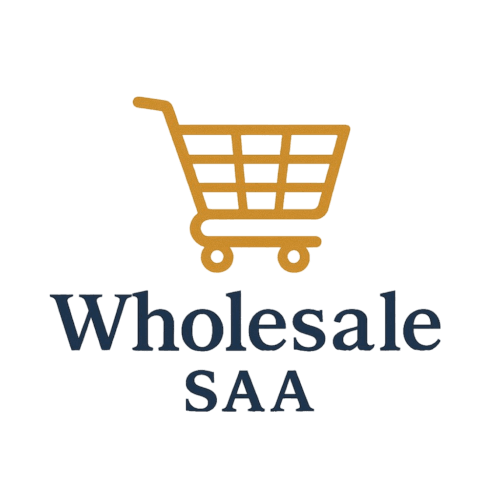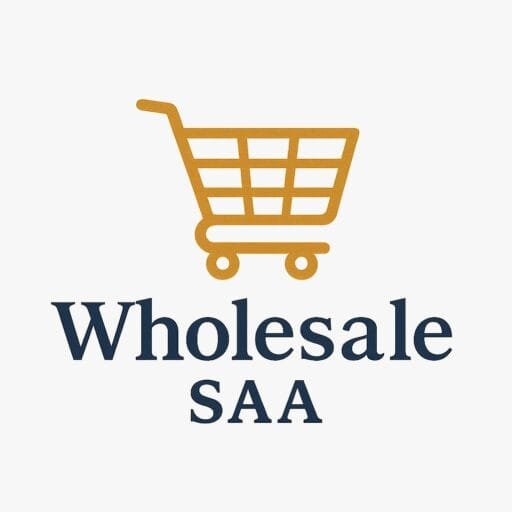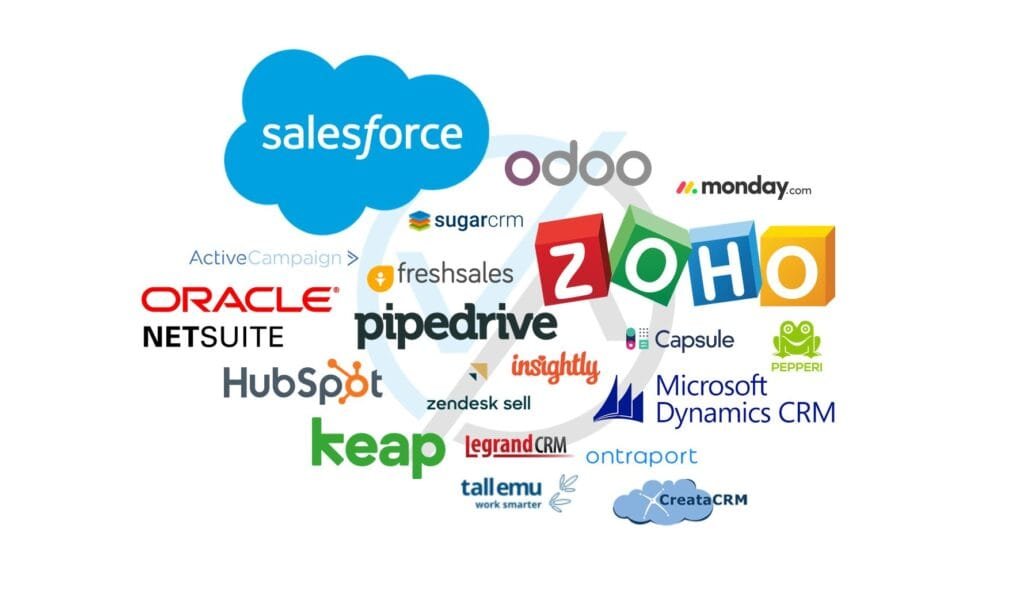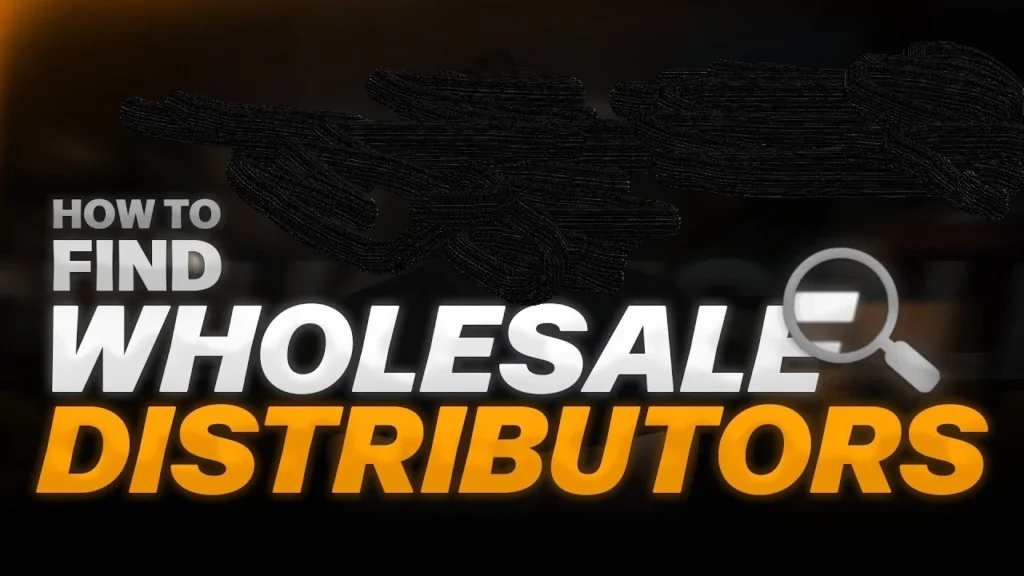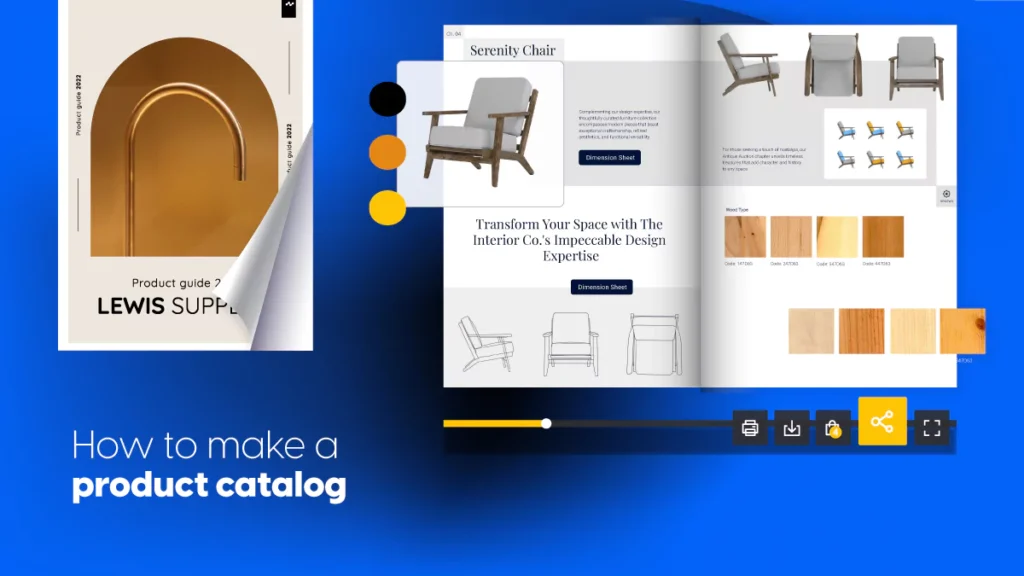Entering the international wholesale market sounds like a dream come true for many businesses. After all, who wouldn’t want to scale globally, deal in bulk, and watch their profits soar? But here’s the truth, breaking into international wholesale is like attempting a high-level puzzle. There are many pieces to fit, and just one misstep can cause delays, money loss, or even total failure.
In this guide, we’ll explore the biggest challenges businesses face when entering international wholesale markets, how to prepare for them, and tips to navigate this complex landscape. Whether you’re a budding entrepreneur or an established business in the U.S. looking to expand globally, this article is tailored to give you a competitive edge.
What Is International Wholesale?
International wholesale is the practice of buying or selling products in large quantities across national borders. Instead of targeting individual consumers (B2C), wholesale businesses operate on a B2B (business-to-business) model, dealing in bulk quantities, often at discounted prices.
For example, a U.S.-based business may import electronics from China in bulk and sell them to retailers or distributors in Latin America, Europe, or Africa.
Why Enter the Global Wholesale Market?
The U.S. is a major hub of global trade. But when local markets feel saturated or you’re ready to scale big, the global wholesale marketplace becomes a goldmine.
Benefits of Going Global:
- Higher Profit Margins: Bulk selling cuts costs and increases profits.
- Access to Emerging Markets: Rapidly growing economies offer new customer bases.
- Diversified Revenue Streams: Spreading across markets can reduce dependence on the U.S. economy.
- Increased Brand Recognition: Global reach boosts your brand’s prestige.
However, every opportunity comes with its own set of hurdles.
Major Challenges of International Wholesale.
Let’s dive into the real challenges that come with entering foreign wholesale markets, and how you can overcome them.
- Language Barriers.
Challenge: Miscommunication can lead to misunderstandings in contracts, packaging requirements, and product specifications.
Example: A U.S. distributor orders 10,000 units of “red shirts,” but in the supplier’s country, “red” is interpreted as maroon. Now there’s a warehouse full of the wrong shade.
Solution:
- Hire bilingual staff or translators.
- Use clear, visual documentation.
- Stick to simple language in contracts and agreements.
- Regulatory Compliance.
Challenge: Every country has its own set of rules for imports and exports; licensing, product certification, environmental regulations, and labeling laws.
Example: A health product that’s FDA-approved in the U.S. might be banned in the EU or require additional testing.
Solution:
- Research regulatory standards per country.
- Work with local trade consultants or legal advisors.
- Join international trade associations for insider updates.
- Currency Fluctuations.
Challenge: Exchange rates can change daily. A profitable deal today could lead to losses tomorrow.
Example: You close a deal priced in euros, but by the time you pay, the euro has risen, and your costs increase by thousands.
Solution:
- Use hedging tools like forward contracts.
- Quote prices in your preferred currency when possible.
- Work with banks that specialize in foreign exchange.
- Logistics and Shipping.
Challenge: International shipping is complex, customs, delivery delays, damaged goods, and high freight costs are common.
Example: COVID-19 showed how vulnerable global supply chains are. Many wholesale businesses couldn’t fulfill orders due to container shortages.
Solution:
- Partner with experienced freight forwarders.
- Always get insurance on large shipments.
- Plan for longer lead times and have backup suppliers.
- Finding Trustworthy Suppliers/Buyers.
Challenge: The international marketplace is full of potential, but also rife with scams, middlemen, and unreliable partners.
Example: A U.S. wholesaler sends $50,000 as a deposit for smartphones to a supplier in another country, only to discover the company never existed.
Solution:
- Vet suppliers on platforms like Alibaba Verified, ThomasNet, or Global Sources.
- Ask for trade references or visit in person if possible.
- Use escrow or trade assurance services.
- Cultural Differences.
Challenge: What works in the U.S. may offend or fail elsewhere. Business etiquette, negotiation styles, and communication vary widely.
Example: Direct negotiation tactics common in the U.S. may seem aggressive in Japan, where indirect communication is valued.
Solution:
- Learn cultural norms of your target markets.
- Hire local representatives or interpreters.
- Be respectful and observant during meetings.
- Quality Control and Standards.
Challenge: Ensuring consistent product quality across borders is tough.
Example: Your product specs require FDA-grade plastics. A supplier may claim to meet this, but the actual materials don’t comply.
Solution:
- Request samples and do third-party inspections.
- Define quality benchmarks in contracts.
- Audit manufacturing sites regularly.
- Customs Duties and Tariffs.
Challenge: Import taxes and tariffs can dramatically affect your cost calculations.
Example: Tariffs on Chinese steel mean your costs shoot up overnight, rendering your price uncompetitive.
Solution:
- Understand Harmonized Tariff Codes (HTS).
- Use free trade agreements where applicable.
- Work with customs brokers to avoid delays and fines.
- Payment Security and Fraud.
Challenge: Payment fraud is a real threat. Fake invoices, double charges, and stolen payment details are common.
Example: A hacker intercepts email threads and sends fake payment instructions. You unknowingly pay to the wrong account.
Solution:
- Use secure payment gateways.
- Confirm bank details via multiple channels.
- Avoid paying large amounts upfront, split into milestones.
- Managing International Relationships.
Challenge: Building long-term trust across time zones, cultures, and legal systems is no easy feat.
Example: A business ghosted by its overseas partner after the first major delivery.
Solution:
- Communicate regularly through Zoom or WhatsApp.
- Visit partners or invite them to the U.S.
- Build relationships slowly, start small and scale over time.
Real-Life Example: How One U.S. Brand Navigated Global Trade.
Case Study: Brooklyn Bag Co.
Brooklyn Bag Co., a U.S.-based manufacturer of eco-friendly bags, wanted to enter the European wholesale market. They started with Germany. The company faced challenges with eco-certification, language translation, and packaging requirements.
Their strategy; They:
- Hired a German-speaking consultant.
- Partnered with a logistics firm experienced in EU shipping.
- Localized their branding.
Result: Within 18 months, they were selling in five European countries, with a 40% increase in revenue.
Top Tips for Succeeding in International Wholesale Markets.
- Start Small: Test the waters in one country before going global.
- Use Marketplaces: Alibaba, Faire, Tundra, and Joor are good starting points.
- Know Your Costs: Include customs, taxes, freight, and insurance.
- Get Legal Help: Contracts, trademarks, and IP protection differ globally.
- Invest in Technology: Inventory management tools, CRM, and shipping software make life easier.
- Build Relationships: International business still runs on trust and reputation.
- Stay Compliant: Keep up with trade laws, sanctions, and political changes.
Tools and Resources for Wholesale Trade.
Here are some tools every international wholesaler should know:
- Alibaba: Global B2B marketplace.
- Joor: Fashion wholesaler platform.
- Jungle Scout: Market research for Amazon products.
- ShipBob / Flexport: International logistics platforms.
- OFX / Wise: Currency conversion and money transfer tools.
- U.S. Commercial Service: Government support for U.S. exporters.
Going international in wholesale is not a walk in the park, but it’s not a minefield either. It’s a challenge, yes, but one that can pay off massively if you approach it strategically. With careful planning, strong relationships, and the right tools, your U.S.-based business can grow into a global powerhouse.
So, take that leap, just make sure you pack your international trade survival kit first.
